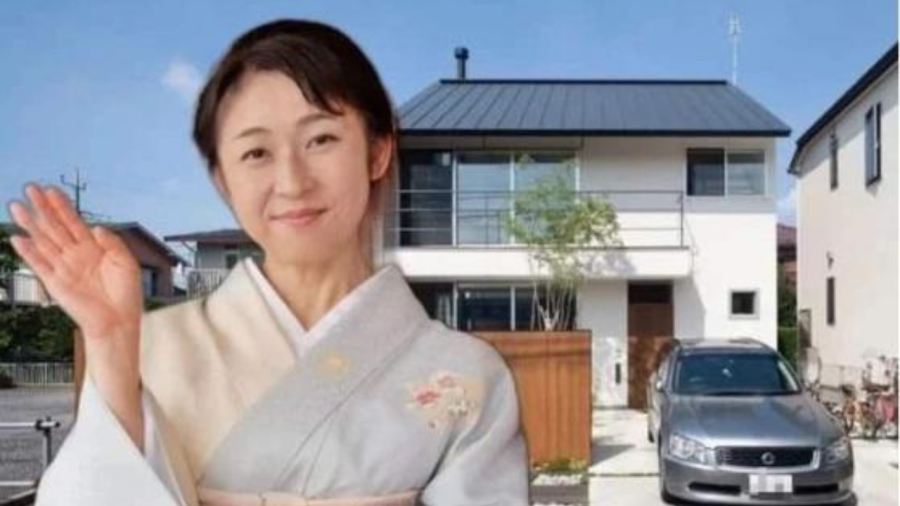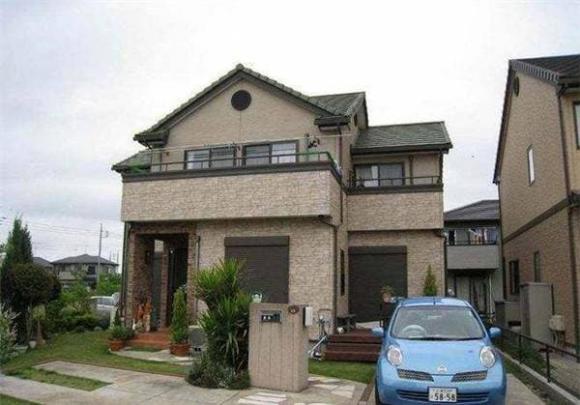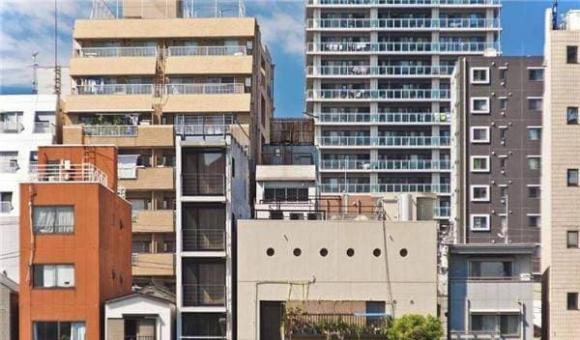In Vietnam, real estate is often favored. Especially those with high income often buy their own land and build solid houses.

However, in the land of cherry blossoms, Japan, wealthy people with high income tend to choose to live in apartments, condominiums… Meanwhile, people with low income live in separate, spacious houses.
In the famous Japanese manga Doraemon and Shin – the boy lead character, the family of the main character belongs to the normal working class. But they live in independent, spacious houses. In contrast, in Japanese television dramas, the intellectual class such as lawyers, doctors, writers – who have high income in society, often choose to live in condominiums.

Why in a country “with limited land and dense population” like Japan, the poor live in spacious houses while the rich choose crowded apartments?
This is explained by the fact that in Japan, families keep the tradition of passing on the house they are living in through many generations. To this day, many young people choose to live in houses because the land in Japan is privately owned. Except for densely populated areas, these houses are both spacious and do not require additional service costs. Therefore, they save significant costs, including property fees.
As for the wealthy, usually businessmen, intellectuals, and famous people choose to live in the city center because there are surrounding facilities such as transportation, infrastructure… In addition, high-end condominiums always have a secure security system, high-quality, modern living conditions and better ability to prevent natural disasters, earthquakes, which are very common in Japan. But because of that, living in condominiums, apartments also incurs additional costs such as management service fees, monthly parking fees…

In return, when living in the city center, people will have more job opportunities, leisure and entertainment activities, quality education facilities… In modern Tokyo, with limited land and dense population, the rent for an apartment is extremely expensive. On average, an apartment in Tokyo can be more expensive than a suburban house.
The houses in Japanese films are not actually located in Tokyo. They are often houses located in remote areas with relatively cheap real estate prices. Life in these places is more spacious but far from the city and inconvenient when traveling to the city center, limiting job opportunities and expanding business relationships.
In addition, in Japan, there is no clear distinction between the rich and the poor. You can live next to a millionaire without knowing it, because their houses are not different from the surrounding ones. This is explained by the fact that wealthy people in Japan have a community-oriented lifestyle, do not like to show off, so it is difficult to judge a person based on their appearance.

































